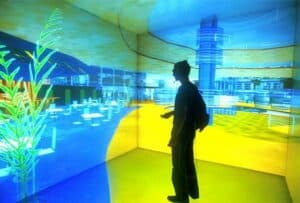Thinking about Virtual Reality trends for 2016? With the end of the year closing fast, we’ll see a flood of predictions for virtual reality and wearables. It’s been a whirlwind year in VR and the industry is ripe with speculation on where we’re headed in the coming twelve months.
Erin Carson takes an early stab at this in a recent article in TechRepublic, “Virtual Reality in 2016: The Ten Biggest Trends to Watch.” It’s as good a place as any to consider the broader trends we’ll see in VR.
Virtual Reality Trends – Ten Trends to Watch in 2016
Here’s Carson’s list and I won’t repeat all the details – but some comments along the way:
- 2016 will be a learning year
Honestly, we could say the same about 2015. We’re all in uncharted territory here and looking to construct a vocabulary for a new media form. The learning curve will continue as we dive deeper into experiments in journalism (such as The New York Times’ VR efforts) and other areas. - Mobile driven virtual reality will bring it to the public
Both Samsung Gear VR (only $99) and Google Cardboard (free or nearly so) are mobile based and will play major roles. The quality for Cardboard is just basic, but it’s “good enough” to get people interested. With the NY Times shipping 1.1 million Cardboard units to its subscribers and Google pushing its Expeditions project, expect to see millions of VR devices in the hands of the public.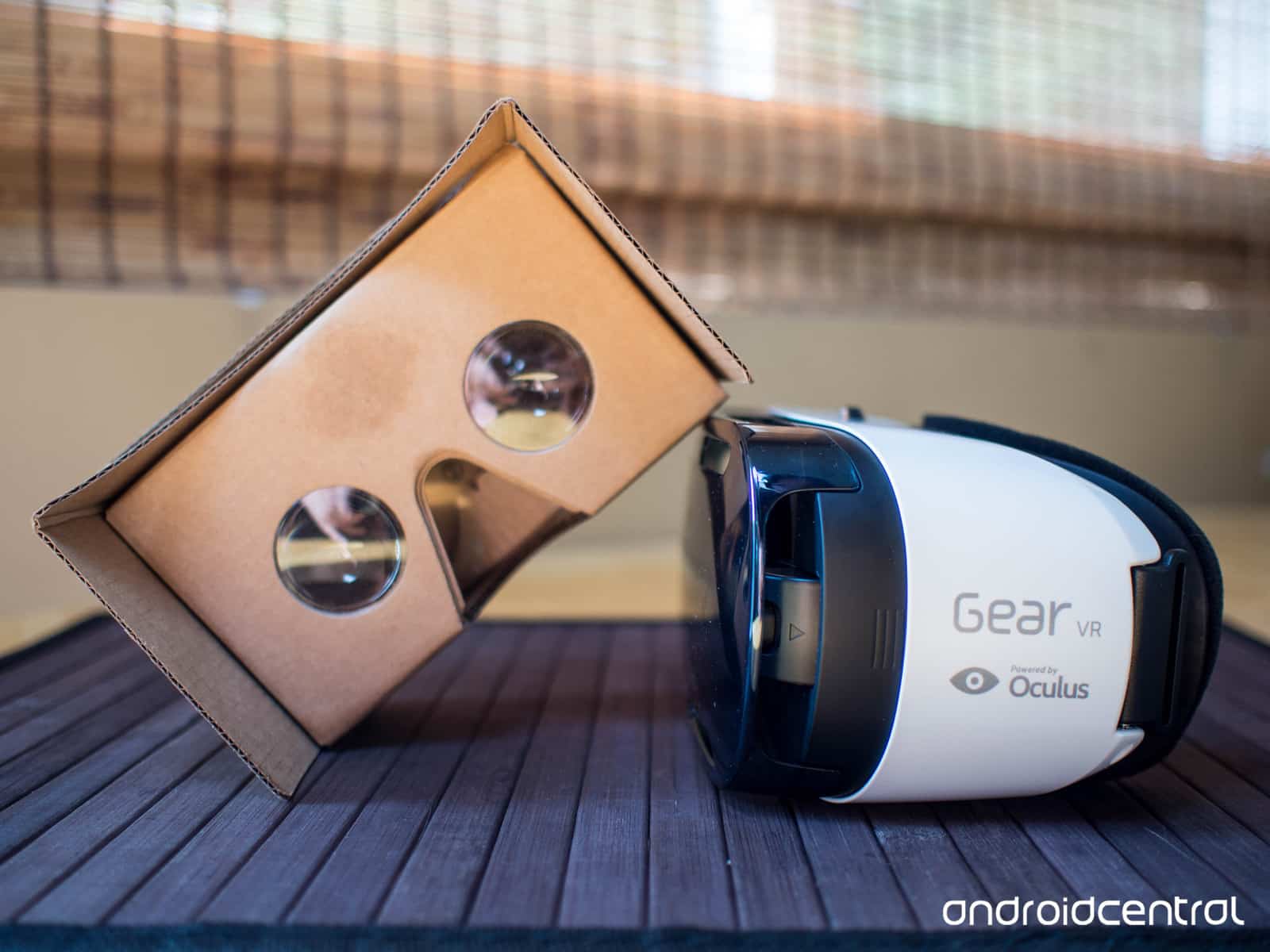
- Bigger budget content is coming
WIth the release of Oculus in the spring, VR gaming should take off (though Electronic Arts will stay on the sidelines for now). But what Carson neglects to mention is Hollywood. There won’t be full-length films but a lot more VR trailers like the ones for the Hunger Games Mockingjay, Part 2 and Star Wars. - More hype
Expect to see everyone jump on the virtual reality bandwagon this year. The gaming and film industries are already on board – others will follow. Gartner puts VR past the initial peak in its well-known Hype Cycle report – remember VR has been around a long time. We’ve had our expectations deflated repeatedly, so we may actually reach the “Slope of Enlightenment”. Just don’t mistake that for always knowing what we’re doing.
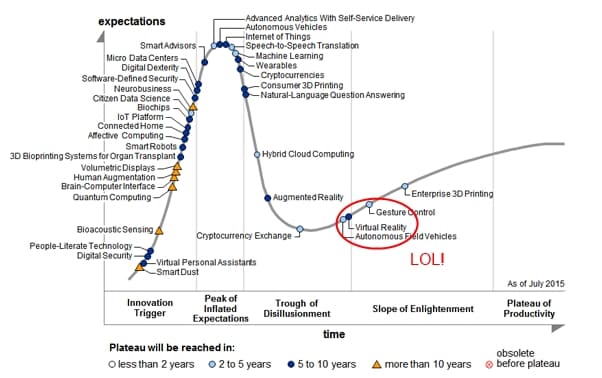
- More backlash
Carson only sees a backlash against devices that are not cross-platform. I see more of a general backlash, though it will just be the quiet grumbling in the back of the audience. The public is both fascinated by, and ill-at-ease with technology. It’s our love/hate relationship with Moore’s Law. There was a time when a vocal segment of the public was anti-laptop (“I don’t want to carry a computer with me”). We got over that fast, as will those with an initial hesitancy about virtual reality. But count on a process of adjustment. - Interactivity will be important
Yes, Lucky Palmer said it, so have others. But I’m not so sure we’ll have much in the way of interactivity in 2016. Unless you’re doing VR at one of the new entertainment centers opening now like THE VOID in Utah. - Diversity will be an issue
The gaming industry still has a problem with diversity and Carson thinks it may spill over into VR. I’d like to think not, but GamerGate caught many of us by surprise. - VR units will “sell out”
Samsung Gear VR sold out, but they’re not saying how many units they actually made. As Carson notes, the phrase “sold out” is conditional. Nevertheless, others predict that the market will take off in VR headsets.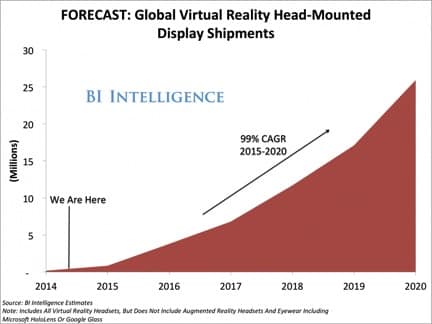
- It’s still a playground of early adopters
Yes and no. This is definitely true for the high-end headsets like Oculus. But with mobile driven VR piggybacking on our Smartphones, we’ll be far beyond the early adopter crowd by next December.
And finally, you won’t see anything from Apple. But you knew that already. Even if they are filing patents and buying firms doing amazing augmented reality like Mataio.
Missing Trends: Education and Health
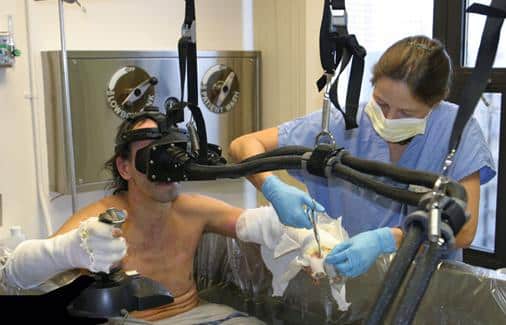
Missing from the list of trends are areas where there will be major developments – the spread of virtual reality into Education and Health. It’s a little early to see virtual reality widely used in our classrooms, but VR labs and centers are already in place at a number of universities. What was once the domain of places like MIT and Stanford will now be much more common with the decreasing cost of hardware.
Take a look at the work at the Ohio University’s GRID Lab, where research is underway on the use of virtual reality in medical training and other areas. And the University of Minnesota has opened their Virtual Reality Design Lab (VRDL) in the public courtyard Rapson Hall, creating one of the largest open VR spaces available.
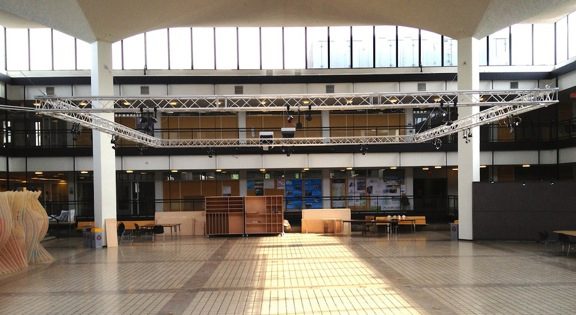
We’re also seeing experiments in healthcare, using VR to work with patients, train health professionals, and for community healthcare practices. By the end of next year, there will be a range of innovative projects underway around the country. Back in April, TechRepublic did an article on “Ten Ways Virtual Reality is Revolutionizing Medicine and Healthcare.” It’s definitely worth reading.
Also missing: a hardware surprise
Keep an eye on Magic Leap. With all the money and secrecy surrounding them, we may see a major development announced by the middle of next year. That would have a greater impact on 2017, but it might dramatically change our expectations for the field in general.
We’ll explore these virtual reality trends in more detail as we get closer to 2016.
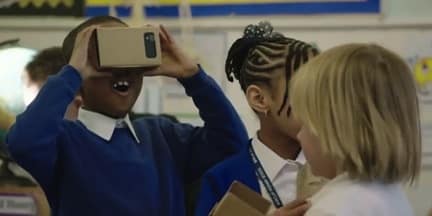
Emory Craig is a writer, speaker, and consultant specializing in virtual reality (VR) and artificial intelligence (AI) with a rich background in art, new media, and higher education. A sought-after speaker at international conferences, he shares his unique insights on innovation and collaborates with universities, nonprofits, businesses, and international organizations to develop transformative initiatives in XR, AI, and digital ethics. Passionate about harnessing the potential of cutting-edge technologies, he explores the ethical ramifications of blending the real with the virtual, sparking meaningful conversations about the future of human experience in an increasingly interconnected world.

